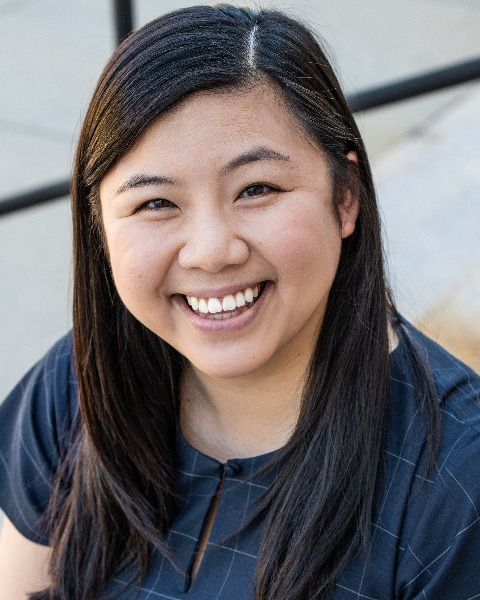Health Equity/Social Determinants of Health 1
Session: Health Equity/Social Determinants of Health 1
400 - Case Manager and Vendor Perspectives on Language Concordant Discharge Medical Device Education: A Multi-site study
Saturday, April 26, 2025
2:30pm - 4:45pm HST
Publication Number: 400.4122
Stephanie Squires, Stanford University School of Medicine, Palo Alto, CA, United States; Arti D. Desai, University of Washington School of Medicine, Seattle, WA, United States; Grace E. Becker, Lucile Packard Children's Hospital Stanford, San Francisco, CA, United States; Lee Sanders, Stanford University School of Medicine, Palo Alto, CA, United States; Christopher J. Russell, Stanford University School of Medicine, Palo Alto, CA, United States

Stephanie Squires, MD (she/her/hers)
Clinical Assistant Professor
Stanford University School of Medicine
Palo Alto, California, United States
Presenting Author(s)
Background: Current federal laws require families with a preferred language other than English (LOE) to receive language-concordant discharge education. For children with medical complexity (CMC) with LOE caregivers, receipt of language-concordant discharge education for medical devices is highly variable, increasing the risk of post-discharge adverse outcomes. Understanding the mechanisms behind this variability is critical to reduce health inequities for CMC-LOE families.
Objective: Explore case manager and vendor perspectives on key factors that influence the provision of language-concordant, medical device discharge education for CMC-LOE families.
Design/Methods: From April to October 2024, we conducted a multisite, qualitative study across a national sample of US children’s hospitals. We interviewed two key groups: (1) case managers; and (2) vendors from medical devices companies that partner with these hospitals. The interview guide explored individual-, system-, and policy-level factors influencing implementation of language concordant medical device education for CMC-LOE families at hospital discharge. Audio-recorded, semi-structured interviews were conducted by a physician researcher. Two investigators independently coded transcripts and reconciled codes using constant comparison to identify salient themes, which were further organized by domains. Thematic relationships and coding conflicts were discussed with the full research team to optimize validity. We continued to conduct interviews concurrently with data analysis until we achieved thematic saturation.
Results: We interviewed 13 case managers and 11 vendors across 10 states (42% had greater than 15 years of practice). We identified four key themes that contribute to variability in providing language-concordant, medical device discharge education: (1) Different interpretation of whether public policy compels the vendor or the hospital to provide an interpreter; (2) Tension between financial pressures and the corporate mission for vendors, (3) Unclear vendor requirements for bedside education resulting in inconsistent opportunities for language concordant caregiver teach-back, (4) Vendors and case managers report variably implemented “ad hoc workarounds” that may exacerbate communication issues. Illustrative quotes for each theme are described in Table 1.
Conclusion(s): This study highlights potential modifiable drivers for variability in the provision of language-concordant care for CMC patients nationally. To ensure equitable care for CMC-LOE families, local and national-level policy changes are required.
Table 1: Key Factors that Influence Implementation of Language-Concordant Medical Device Education Prior to Hospital Discharge
.jpg)
Table 1: Key Factors that Influence Implementation of Language-Concordant Medical Device Education Prior to Hospital Discharge
.jpg)

